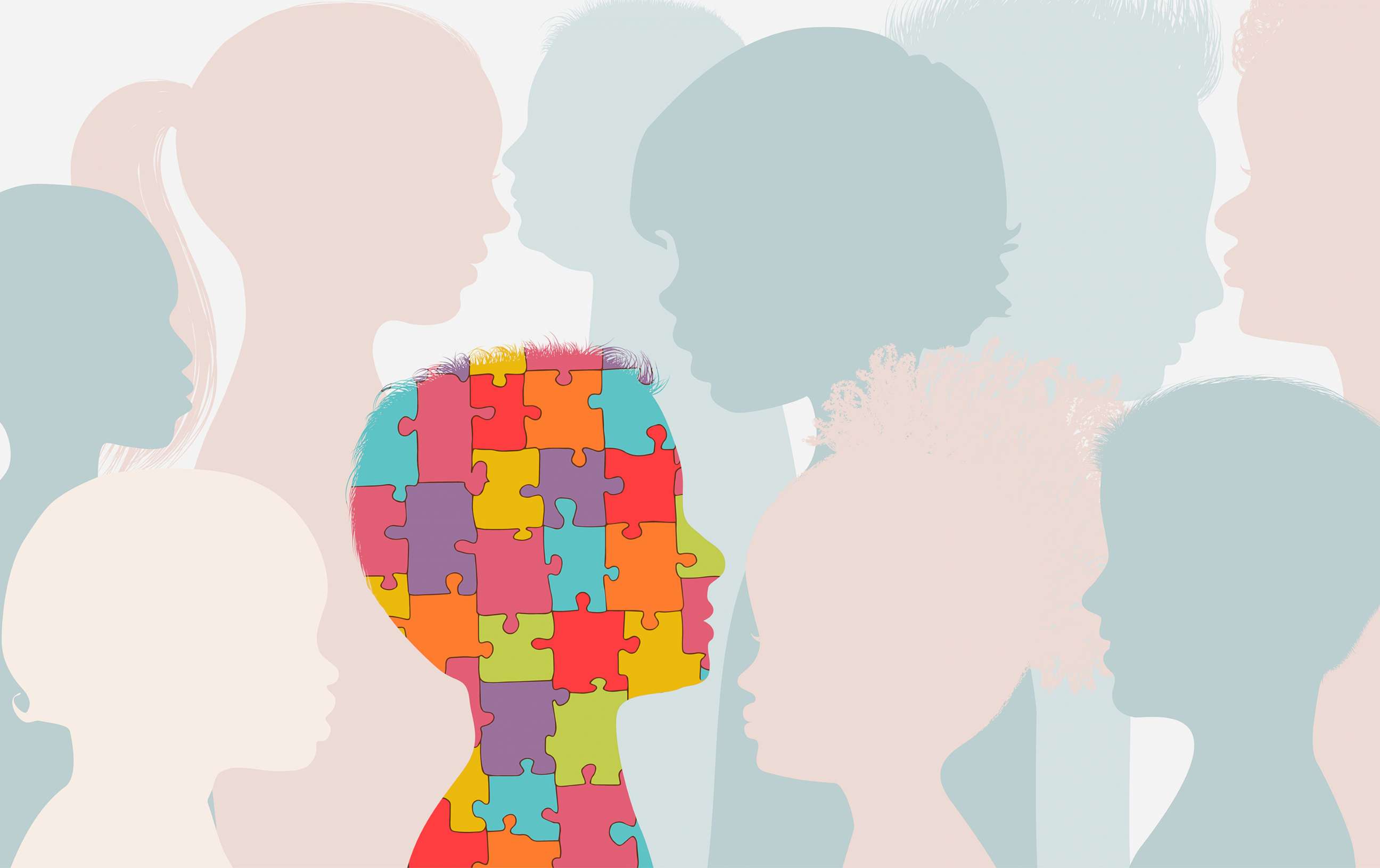The Duty of Education in Supporting Trainees with Autism: Ideal Practices
The Duty of Education in Supporting Trainees with Autism: Ideal Practices
Blog Article
Checking Out Autism: Methods for Reliable Communication and Communication
Efficient communication and interaction with individuals on the autism range require a detailed understanding of their one-of-a-kind requirements and choices. The complexities of these methods disclose more factors to consider that warrant expedition, especially in exactly how they can be adapted to diverse contexts and individual experiences.
Understanding Autism Spectrum Condition
Autism Spectrum Condition (ASD) includes a series of neurodevelopmental problems defined by difficulties in social communication, communication, and recurring actions. The term "spectrum" shows the varied symptoms and varying degrees of intensity experienced by people with ASD. While some may show significant problems, others might present high-functioning characteristics, permitting greater freedom in day-to-day live.
The beginning of ASD usually takes place in early childhood, with indications typically identifiable by age 2. Very early signs might consist of delayed speech growth, minimal eye contact, and troubles in understanding social hints. Although the exact etiology of ASD stays unclear, research suggests a mix of genetic and environmental variables plays a crucial role in its growth.
As an outcome, interventions and assistance customized to private demands are crucial for cultivating interaction and social abilities. Identifying the complexity of ASD is important for advertising awareness, acceptance, and effective strategies that facilitate significant interactions with individuals on the range.

Value of Clear Interaction
Reliable communication is vital for cultivating understanding and connection, especially for individuals with Autism Range Condition (ASD) Clear communication not only facilitates social communications however likewise enhances the person's capability to express their emotions, thoughts, and needs. For people with ASD, the subtleties of language can frequently be testing; for that reason, making use of uncomplicated and unambiguous language is important.
Furthermore, clear communication assists lower frustration and anxiousness that might arise from misconceptions. When messages are shared in a direct and constant fashion, people with ASD are much better equipped to translate details properly, which can significantly boost their social interaction and participation in different settings.
Developing regimens and using visual assistances can better bolster clear interaction. These techniques offer individuals with foreseeable frameworks that aid understanding and retention of information. In addition, proactively paying attention and being patient throughout communications promotes an encouraging setting where people with ASD feel valued and comprehended.
Ultimately, focusing on clear communication not just equips individuals with ASD however also fosters even more significant links with their peers, caregivers, and the bigger area, paving the way for collective partnerships and comprehensive interactions. - autism
Non-Verbal Interaction Methods
Interaction prolongs past words, and for people with Autism Range Condition (ASD), non-verbal cues play a significant function in interactions. Non-verbal communication strategies can consist of face expressions, gestures, body language, and eye contact, every one of which act as important parts for sharing feelings and purposes.
Recognizing and interpreting these non-verbal signals can enhance communications with people with ASD. A warm smile or open posture can develop an inviting atmosphere, urging interaction. Utilizing aesthetic aids-- such as image cards or symbols-- can connect interaction gaps and help communicate messages more successfully.
It is likewise crucial to be mindful of individual see this page room, as individuals with ASD may have various comfort levels regarding distance. Observing their responses to physical closeness can inform ideal adjustments.

Developing Encouraging Settings
Developing a supportive atmosphere is essential for promoting favorable interactions and boosting the wellness of individuals with Autism Spectrum Disorder (ASD) Such settings can dramatically minimize anxiousness and produce a sense of safety and security, permitting individuals to reveal themselves a lot more easily.
To accomplish this, it is necessary to take into consideration sensory sensitivities that people with ASD may experience. Customizing the physical space to include soft illumination, minimal background noise, and comfy seating can produce a soothing ambience. Additionally, using consistent regimens and clear visual schedules can help people prepare for changes and reduce unpredictability, further promoting comfort.
Social areas should be structured to decrease frustrating stimulations while offering opportunities for involvement in favored tasks. Assisting in areas assigned for peaceful time can additionally function as a refuge throughout moments of anxiety. Significantly, incorporating aspects of option encourages people, allowing them to work out company in their setting.

Motivating Social Interactions
Fostering social interactions amongst people with Autism Spectrum Disorder (ASD) needs intentional techniques that prioritize comfort and interaction. Developing foreseeable regimens can aid reduce anxiety, making social setups more friendly. Developing structured settings with specified responsibilities and you can try here duties permits people to involve without the frustrating pressure of disorganized social characteristics.
Integrating passions and toughness right into social activities can work as a stimulant for communication. Arranging group activities around shared hobbies or subjects of fascination can assist in all-natural conversations and links. Additionally, utilizing visual assistances, such as photographic timetables or social manuscripts, can help in understanding social signs and assumptions.
Modeling appropriate social behaviors is important - autism. Peers and adults should demonstrate efficient communication strategies, including energetic listening and turn-taking. Role-playing scenarios can also provide a secure room for people to exercise these skills
Finally, promoting peer relationships through inclusive practices is necessary. Encouraging inclusive playdates or team getaways can produce chances for socializing in a comfy setup. By executing these methods, caretakers and teachers can considerably improve social interactions for individuals with ASD, advertising their general social growth and well-being.
Final Thought
To conclude, efficient communication and interaction strategies are vital for sustaining look at more info people with Autism Spectrum Condition. Stressing clear language, including non-verbal cues, and developing predictable regimens considerably enhance involvement and decrease anxiety. Developing supportive settings cultivates secure social interactions, while urging shared rate of interests facilitates purposeful connections. Ultimately, these methods empower individuals with autism to navigate social landscapes, advertising their general well-being and allowing the development of long lasting relationships.
Reliable communication and communication with people on the autism spectrum require an extensive understanding of their distinct demands and preferences. Clear communication not only facilitates social interactions however additionally enhances the individual's capacity to reveal their feelings, thoughts, and requirements.Cultivating social interactions amongst people with Autism Spectrum Condition (ASD) requires intentional approaches that focus on convenience and involvement. By carrying out these techniques, educators and caretakers can substantially boost social communications for individuals with ASD, advertising their general social development and health.
In conclusion, effective communication and interaction strategies are essential for supporting individuals with Autism Range Condition.
Report this page